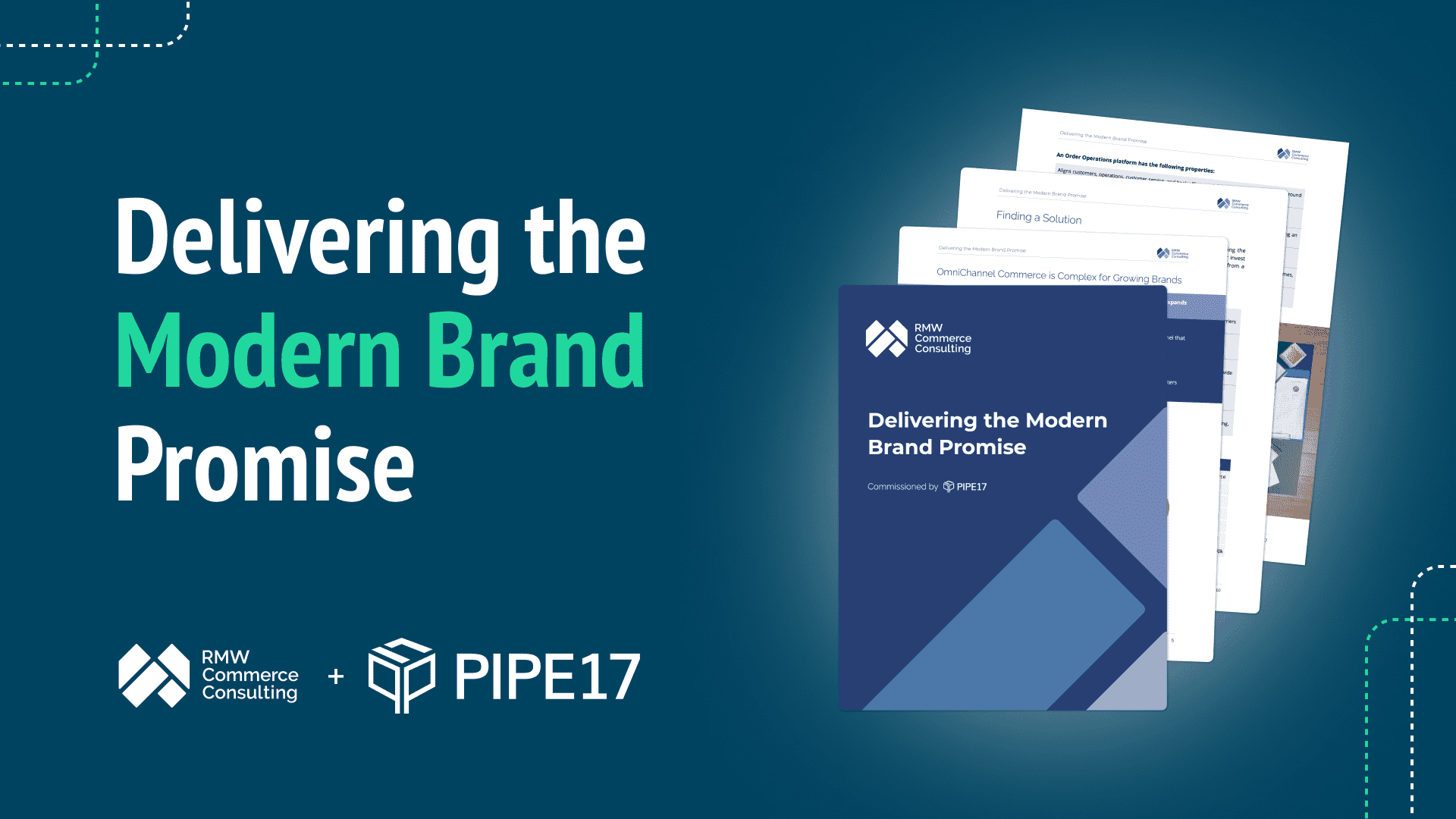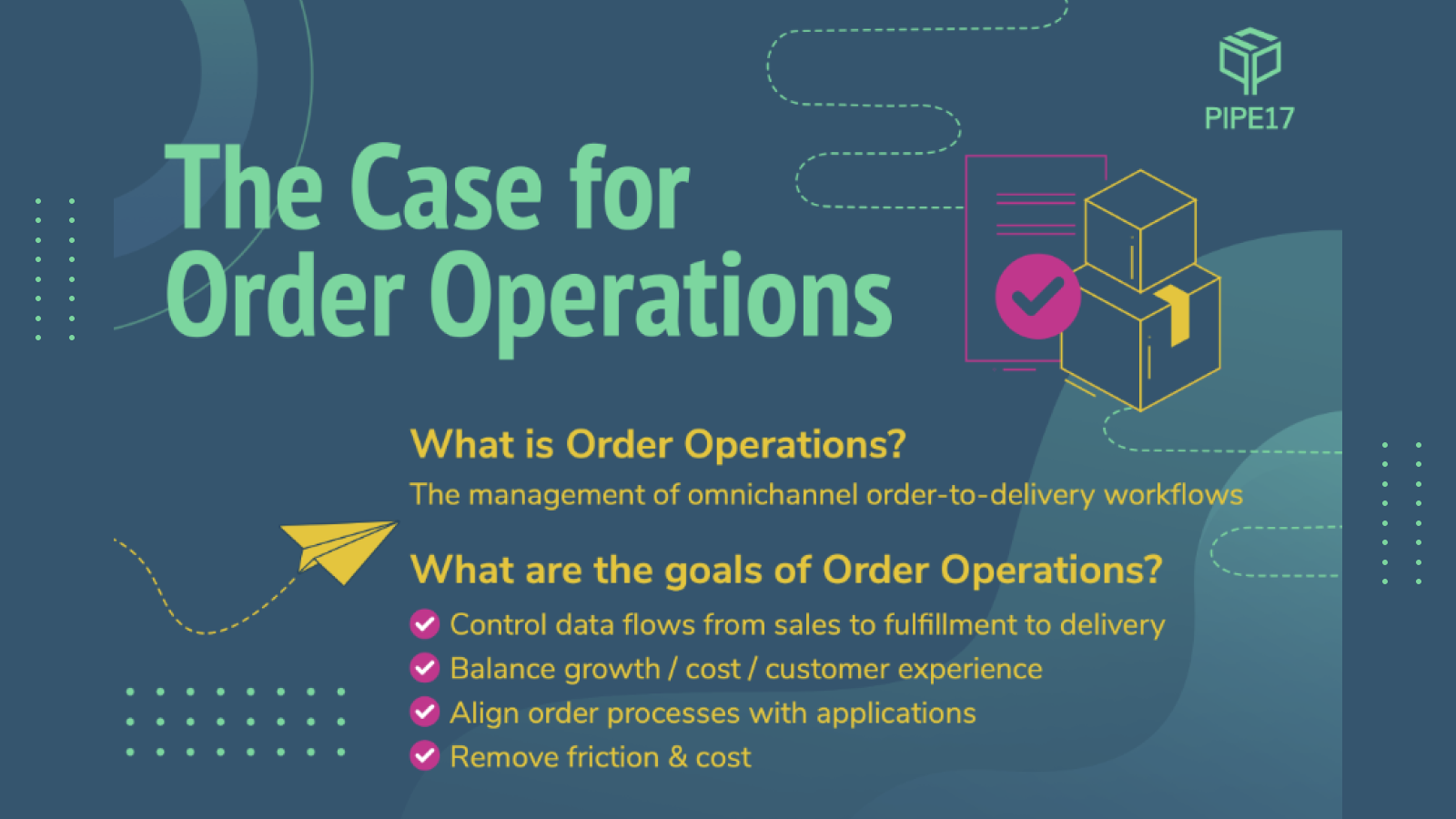In D2C ecommerce, modern brands and merchants face a growing challenge: consumer chargebacks. In this blog post we will examine how order operations professionals can prevent excessive chargebacks in the first place, and in the second post of this blog series we discuss how to fight chargebacks and when they do occur.
About Consumer Chargebacks
Chargebacks occur when consumers dispute sales transactions with their bank or credit card company. For the merchant, this leads to the funds being reversed… plus assessment of a hefty fee. Of course, some chargebacks are legitimate. However, many are fraudulent. Fraud occurs when a bad actor obtains your goods for free and then employs a chargeback scheme to receive refunds on these goods.
Chargebacks are caused by any number of factors. Some of the most common circumstances include:
- Dissatisfaction with the product
- Stolen credit card
- Unauthorized transactions (e.g. minor children)
- Product shipment lost or stolen
- Product not delivered on time
- Technical issues with payment processing
4 Actions that Prevent or Reduce Chargebacks
As a merchant, you are not powerless to prevent chargebacks! Consumers have a lot of power, but you do not have to be at their mercy nor your payment processor’s. Here are some concrete steps that you can take before a chargeback occurs.
Action #1: Set up fraud filters
If your sales channels offer apps or services to flag suspicious incoming orders for possible fraud, take advantage of them. Fraud filters can flag orders that fit specific criteria and pause them before the order goes through to the warehouse. This pause in routine order flow gives you time to examine and verify suspicious orders manually, prior to automatic fulfillment. Most ecommerce sales platforms such as Shopify as well as third-party merchant processing systems allow you to customize filter settings. Then you can view their fraud analysis of why a given order was flagged.
The most common reasons for an order to be fraudulent are:
- Delivery address and billing address do not match
- Name for order delivery and name for billing address do not match
- Name on card used for payment and name on order do not match
- IP address of the device at time of order is hundreds or thousands of miles away from the delivery address
Over the long term, employing fraud filters will save you chargeback fees and lost inventory costs. Continuing with Shopify as an example, here are some of the filters that Shopify merchants can implement to flag suspicious orders:
- An unusually small purchase followed by a much larger purchase from the same credit card. Many fraudsters start with a small purchase to “test” a site’s fraud controls.
- If you run a lot of promotions and discounts then any order without a redeemable code
- Buyer pays extra for express shipping in cases when that’s rare
- A $X purchase to a domestic address that exceeds a typical order size threshold that’s been set
- A $X purchase to an international address that exceeds a typical order size threshold that’s been set
- Purchases from new customers that exceed typical first order thresholds
- Buyer trying multiple credit card numbers to complete a purchase
- Multiple small purchases from multiple credit cards by the same account
- Changing the account’s shipping address just prior or during the purchase
- Changing the confirmation email address just prior or during the purchase
- Orders shipping to a P.O. box or an aggregate shipping center
On Shopify for example, you can set up a system where the payment is authorized, but NOT captured and marked as “paid”. Paid status is often what triggers order flow to the warehouse.
You will seldom regret pausing fulfillment to verify that a suspicious transaction is indeed legitimate. Once an order leaves the warehouse, it’s out of your hands. If it’s fraud, nine times out of ten you will be left with the loss.
Action #2: Create a blacklist
Keep track of customer names and shipping addresses connected to past fraudulent activity and blacklist them. At the very least, continue to flag their orders to give customer service a chance to follow up to prevent any further losses!
Three types of customers to blacklist include:
- The Friendly Fraudster. A “friendly fraudster” is any consumer who places an order and, after receiving it, requests a chargeback from their credit card company without first contacting you.
- The Fraudulent Returner. Any consumer that ships back goods in your returns packaging other than the item being disputed. By the time you open the box, it’s usually too late. Once a return has been processed, you can’t unprocess it.
- The Pick-A-Card Fraudster. A consumer that spams your site with multiple orders, testing a variety of credit cards. This is often a seasoned fraudster in disguise.
One word of caution: be conservative in blacklisting customers. These lists tend to be static, and not often checked or updated. Being too aggressive with blacklisting can lead to blocking orders from genuine customers. These accounts will stay blocked until they are manually removed or overridden.
Action #3: Deploy fraud prevention tools
There are many fraud detection and prevention technology options available to help. These vendors work hard to arm merchants like you with valuable tools worth assessing. Many offer a free trial period so you can see how they will work in your environment. It’s worth trying some out to prove their value before committing.
Make a list of your required anti-fraud features and functions. Then you can assess each tool against its ability to fulfill your needs. For example, one key feature is alert notifications on potentially fraudulent orders that can be sent to your communication channel of choice.
Here are some other common controls offered by fraud prevention tools:
- Requiring a phone number for all orders
- Using an address verification service that verifies that the consumer’s billing address matches the address on file with their bank
- Flagging and automatically holding orders using fraud addresses from your blacklist
- Requiring three-digit CVV verification numbers be entered during checkout
- Identifying the bank’s chargeback codes against a known list to help you understand what the consumer is claiming when preparing your defense
- Using specific numerical codes and descriptors that appear on the buyer’s credit card statement. This can often be deployed at the purchase level via your payments portal, used to verify transactions, and changed every few months.
Pipe17’s Omnichannel Order Hub includes automated routing features that can hold for review any and all orders that meet the above criteria. For example, you can set Pipe17 to flag and hold orders over a certain dollar value even if Shopify misses them. Preventing suspicious orders from going to fulfillment in the first place is a merchant’s best line of defense against chargeback fraud!
Action #4: Communicate return policies clearly to consumers
The best defense is a good offense. Clearly communicating your returns policy and chargeback dispute procedure up front, to all buyers, is good CYA with banks and credit card processors when you need it. Here are some ecommerce best practices to follow.
Detailed product descriptions. Provide accurate product descriptions, including dimensions, specifications, and images to avoid buyer misunderstandings.
Transparent shipping policies. Clearly outline your shipping policies, estimated delivery times, and any potential delays to manage buyer expectations. If you have special policies in place, provide a click-through education method at checkout to ensure that the consumer understands standard order processing times. This can help avoid complaints later.
Order confirmation and tracking. Send order confirmation emails immediately and provide tracking numbers so buyers can easily monitor their package’s progress. Tools that inform them of delivery updates or delays before they complain have proven very effective.
Customer support channels. Don’t make your buyers work to find your contact form or customer service team. The faster they can communicate directly with you, the less likely they are to call their bank. Make sure to monitor all your social media channels and have agents respond to consumer complaints with prompt assistance.
Dispute resolution. Have a clear process in place for unhappy consumers to follow. Helping them proactively when they have an issue creates goodwill in the relationship, and works to circumvent any frustration.
Customer Service SOPs. Have a guide in place for Customer Service personnel to follow that outlines your standard operating procedures. It should detail how to respond to a variety of standard consumer concerns. Train every team member to deal effectively with any issues that commonly arise.
In this first post, we’ve examined some ways to prevent or reduce the volume of consumer chargebacks. In part two of this series, we discuss how to dispute chargebacks… and win!






